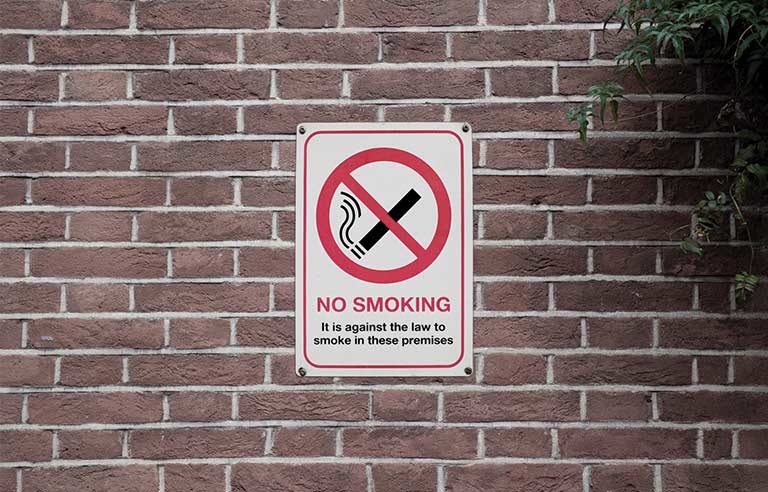Study links workplace smoking bans to lower blood pressure

Dallas — Smoking bans in workplaces and public places may help promote lower systolic blood pressure among people working in or living near these settings, suggests a recent study conducted by researchers at Northwestern University and the University of Minnesota.
The researchers analyzed data from the Coronary Artery Risk Development in Young Adults study, examining 2,606 adults in Birmingham, AL; Chicago; Minneapolis; and Oakland, CA, who were not active smokers when followed between 1995 and 2011. The researchers found that people who lived near or worked in areas with nonsmoking policies had lower systolic blood pressure than people associated with areas without such policies.
The first number in a blood pressure reading, systolic pressure is measured when the heart contracts and blood moves through the arteries. Diastolic readings measure pressure when the heart is relaxed.
According to the study, higher systolic readings are associated with an increased risk of cardiovascular disease, even when patients are below the threshold for high blood pressure, also called hypertension. In 2017, the American Heart Association and the American College of Cardiology revised the definition of high blood pressure for adults, adjusting it to a reading of 130 over 80. High blood pressure previously had been defined as 140 over 90.
NIOSH states that personal tobacco use and exposure to smoking in the workplace have been associated with various adverse health effects.
The study was published online Nov. 21 in the Journal of the American Heart Association.
Post a comment to this article
Safety+Health welcomes comments that promote respectful dialogue. Please stay on topic. Comments that contain personal attacks, profanity or abusive language – or those aggressively promoting products or services – will be removed. We reserve the right to determine which comments violate our comment policy. (Anonymous comments are welcome; merely skip the “name” field in the comment box. An email address is required but will not be included with your comment.)

